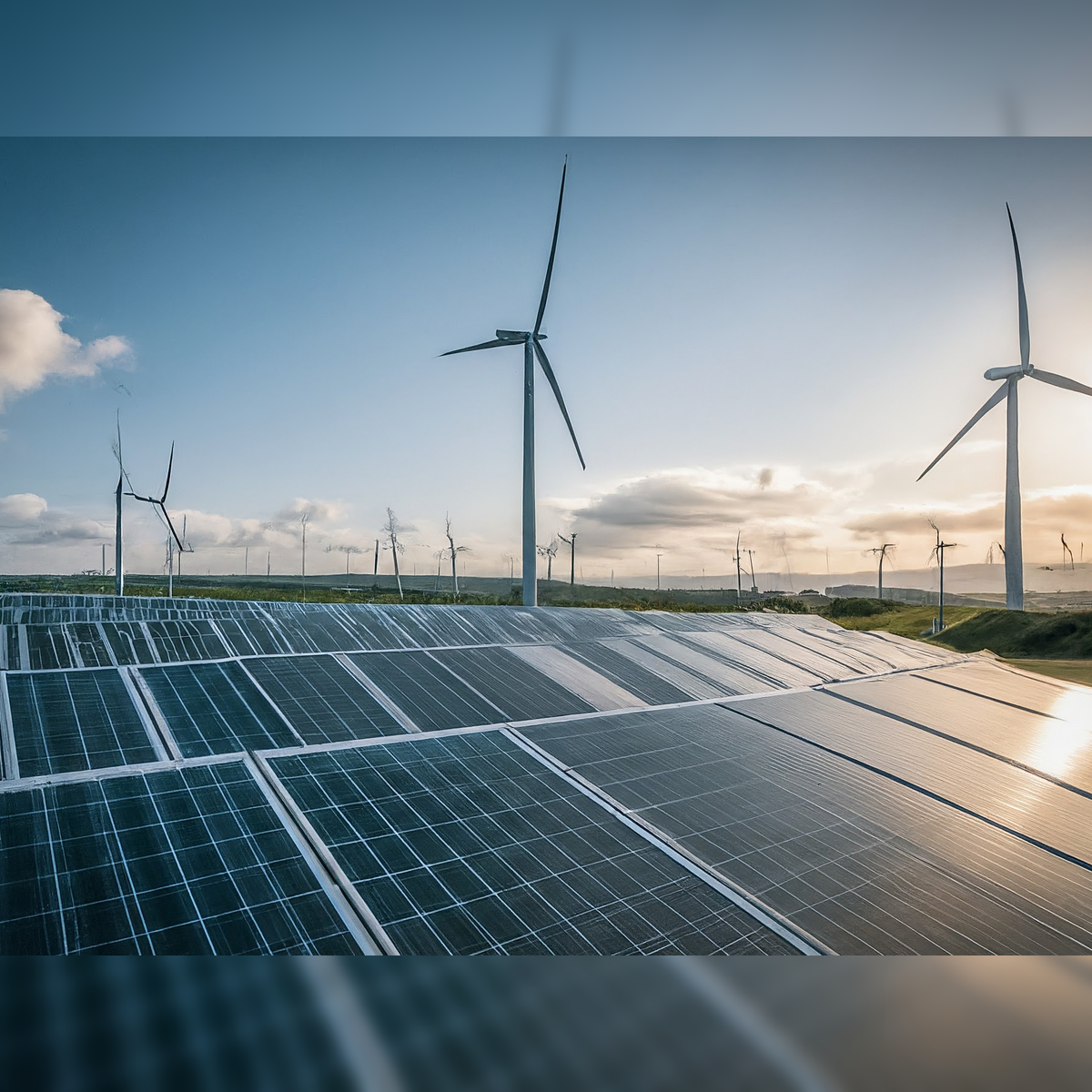India Breaks Solar Power Record Amid Heatwave
India’s solar energy sector hit a historic milestone amid an unrelenting heatwave, shattering previous records and reinforcing the nation’s clean-energy ambitions. As soaring temperatures sweep across vast swathes of the country, solar generation has surged—even exceeding consumption spikes driven by air-conditioning demand during the heatwave.
A New Solar High
In early June 2025, India’s solar power output reached an all-time daily peak, surpassing previous production levels by a significant margin. From January through April this year, solar generation surged 32.4% year-over-year, delivering a record 57.8 TWh, and pushing solar’s share to 10% of the national power mix during March–April apnews.comreuters.com. Notably, on an exceptionally sunny day amid the heatwave, solar reached a daily output record of approximately 65 GW —a figure that stood as the highest ever recorded.
Why the Spike Matters
- Meeting Peak Demand
The heatwave dramatically increased daytime energy demand. On June 7, Andhra Pradesh hit a record 12,251 MW, thanks largely to cooling needs asiafinancial.com+4goodreturns.in+4economictimes.indiatimes.com+4timesofindia.indiatimes.com, and on June 12, Delhi’s electricity usage topped 8,423 MW reddit.com+3thepatriot.in+3en.wikipedia.org+3. Solar power has played a pivotal role in meeting this surge, alleviating stress on fossil fuel–based generation and helping prevent blackouts. - Cooling the Grid, Cooling the Planet
With coal-fired and gas-fired output bolstered to match demand, solar’s rise has helped check the growth of fossil fuel use. Despite overall power generation rising, coal output has remained flat and gas generation even declined—underlining solar’s growing influence reuters.com. - Heatwave Challenges and Opportunities
Experts agree that heat can reduce the efficiency of solar panels—declines of a few percent are common. However, India is pushing to address these effects through more heat-resistant technologies, floating solar arrays, and TOPCon modules that better cope with high temperatures theguardian.com+5asiafinancial.com+5en.wikipedia.org+5india.mongabay.com.
Grid Resilience in a Crisis
Despite the intense heat—temperatures soaring to 46–48 °C in Haryana and northern India india.mongabay.com+15apnews.com+15timesofindia.indiatimes.com+15—India’s energy infrastructure has held firm. The grid met record loads of 250 GW on May 30, fueled by both renewable and conventional sources reddit.com+4business-standard.com+4goodreturns.in+4. Solar has been operating at peak capacity during daylight hours, reducing the need for coal during the highest demand periods and boosting grid stability.
What Comes Next
- Storage is key: To evolve beyond daytime reliance, India is investing in large-scale energy storage systems and hybrid solar-wind setups to firm up renewable output beyond daylight hours .
- Technology upgrades: Adoption of heat-tolerant module technologies (like TOPCon) and cooling-friendly installations (such as floating PV) are being scaled up to sustain high-efficiency performance even in extreme heat india.mongabay.com+1business-standard.com+1.
- Ambitious targets: As of May 31, 2025, India’s installed solar capacity stood at 110.8 GW_AC, powering its journey toward 500 GW of renewables by 2030 en.wikipedia.org.
Why This Matters Globally
India’s record-breaking solar performance during a heatwave demonstrates a powerful model: rapid renewable expansion can complement traditional generation even under climate stress. As extreme weather becomes more frequent worldwide, nations will look to India’s example—highlighting how investments in solar capacity, heat-resilient technology, storage infrastructure, and grid modernization can build resilient, low-carbon power systems.














